I asked a resident of Kyoto University Yoshida Dormitory, Japan's oldest active student dormitory, 'What is the real reason for being kicked out of the dormitory?'

The oldest active student dormitory in Japan, which has a history of 105 years, is the 'Yoshida Dormitory' of Kyoto University. In the past, the Yoshida dormitory was
Kyoto University Yoshida Residence Official Website
https://www.yoshidaryo.org/
So I arrived at Yoshida Residence. The new building of Yoshida Residence built in 2015 is visible on the left side, and the student meeting place is on the right side.
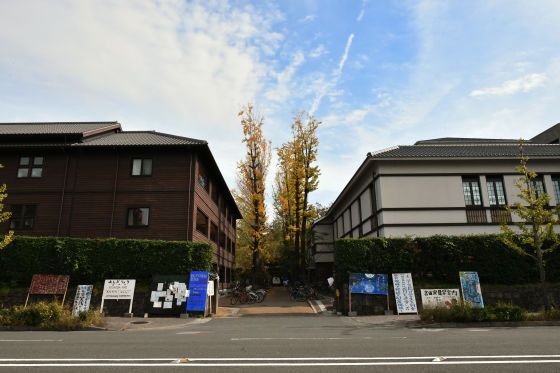
There is a row of Icho trees between the two large buildings, and when you go through it ...
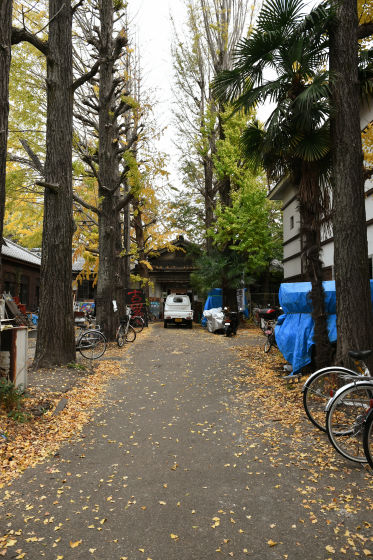
There is the current building of Yoshida Residence, which was 105 years old.
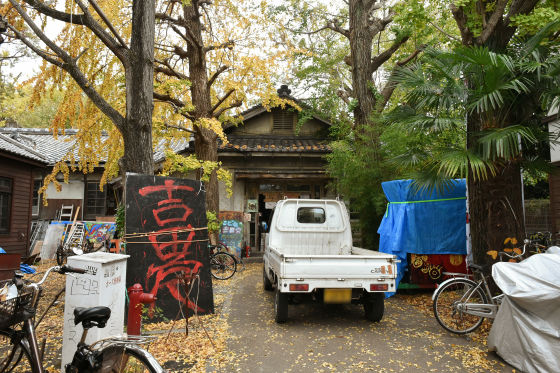
The entrance looks like this. Since the photo is basically NG because it is a living space, it is written as 'Photo x', but I got a special photo shoot OK for the interview.

When I went inside, it looked like this.
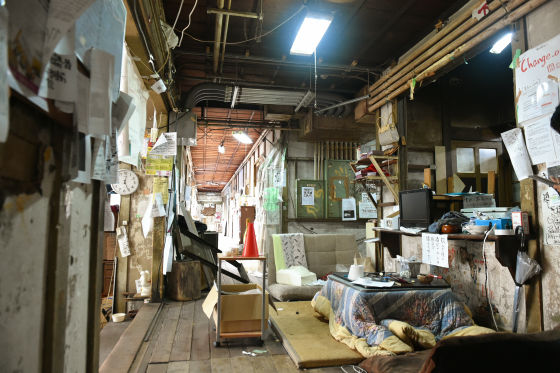
The Yoshida dormitory is a double-decker structure with an 'E' -like structure, and there is a long passage in front of each dormitory student's room.
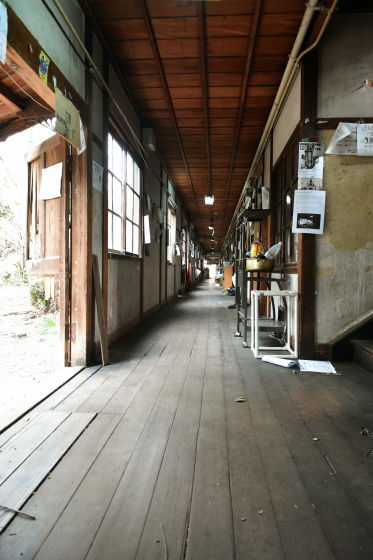
There was a fire door like this between the administrative building in front of the building and the student's living space.
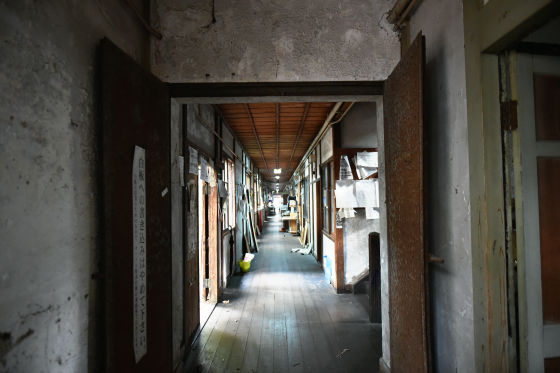
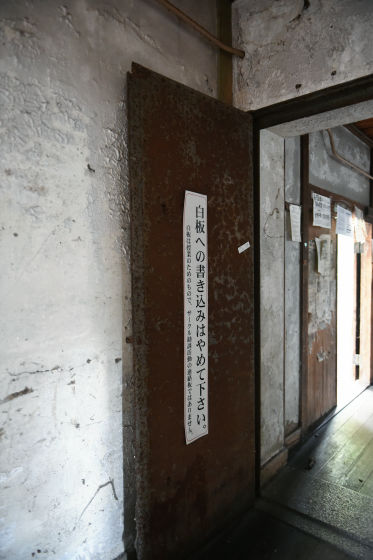
There are various posters on the wall, one of which was a notice of GIGAZINE's photo shoot. It seems that various events and information will be notified to the dormitory students like this.
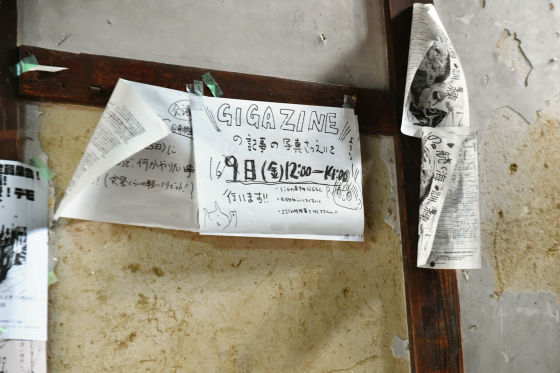
This time, we will ask Mr. Okada, a current dormitory student, to show us around the dormitory. When you go up the big stairs leading to the 2nd floor ...
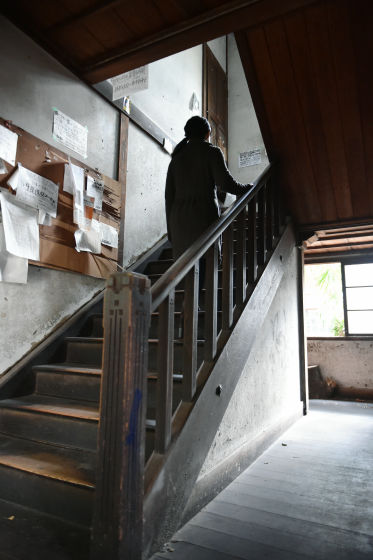
A door suddenly appears in an empty space.

When you open the door ...
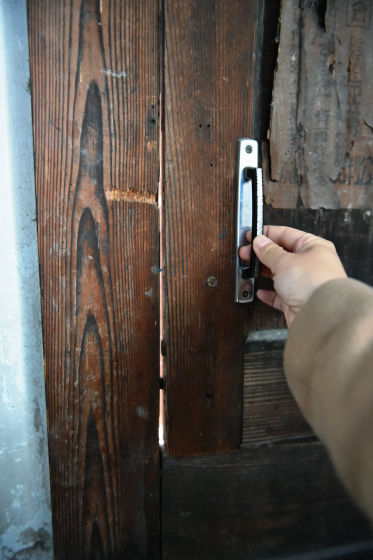
It leads to the veranda and overlooks the courtyard.
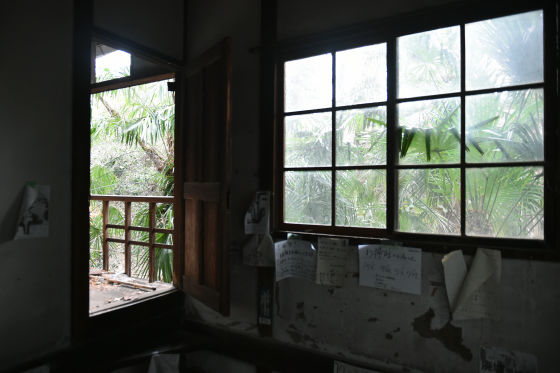
This is the view of the courtyard seen from the 2nd floor.
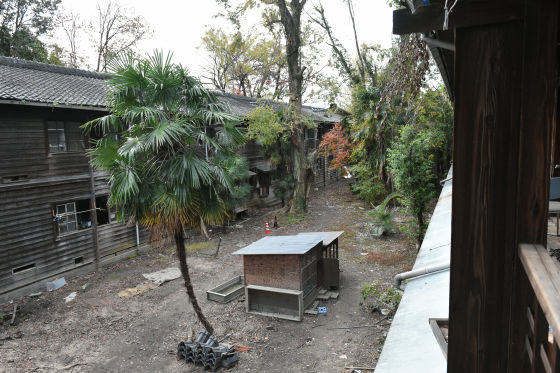
The corridor on the first floor of the building leads to the toilet.
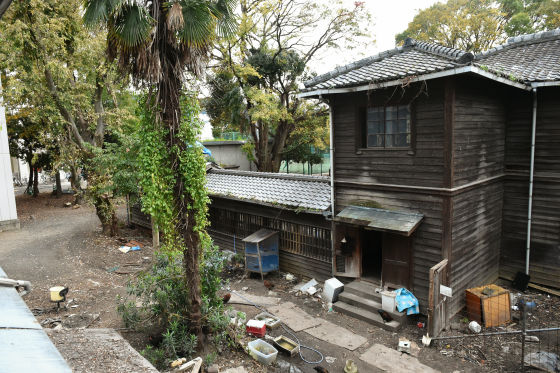
In addition, things like strings on the balcony of each room are dried. It's retro to such a place.
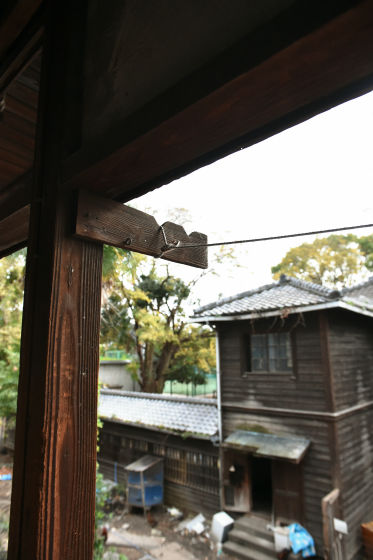
The inside of the building is a little dark, and the natural light shines through the windows to create a unique atmosphere. It is a calm air where time is slowly advancing. Since the window glass of Yoshida Residence is made with a different technology from the present, the bright rows of butterfly trees outside are slightly distorted as if they were reflected on the surface of the water.

landing.
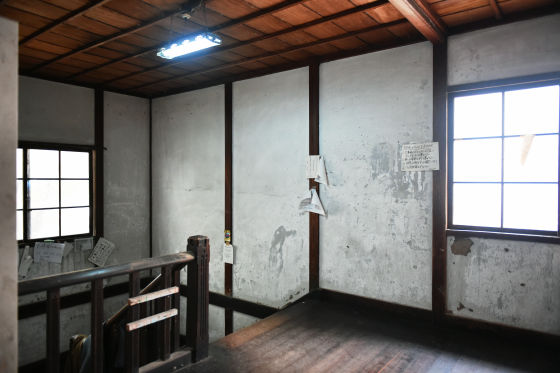
The dispatch of the cleaning staff who came to Yoshida Residence stopped after the end of September, so it seems that a little dust has started to collect, but the stairs are beautifully made so that you can feel the spirit of the construction.
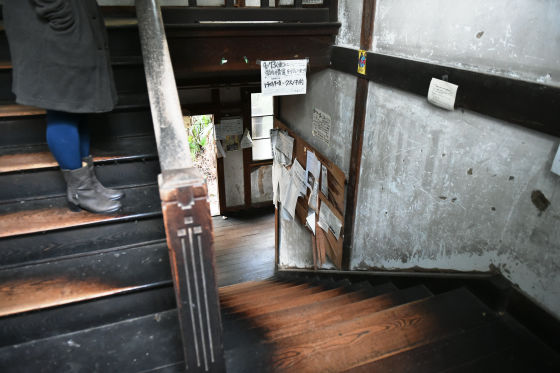
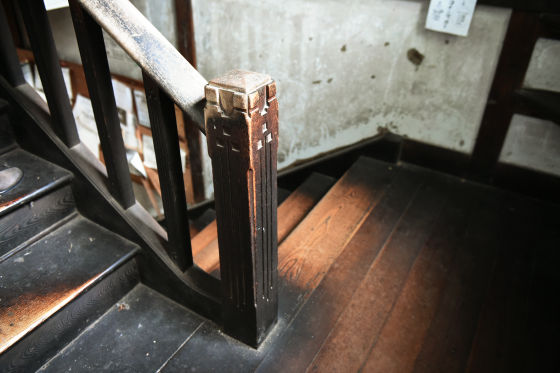
As I went down the stairs, various things were placed. This is in front of the room of a dormitory student who is studying shellfish.
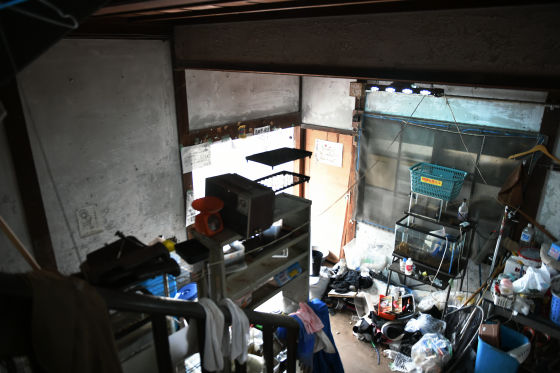
There are a lot of tools that will be used for research.
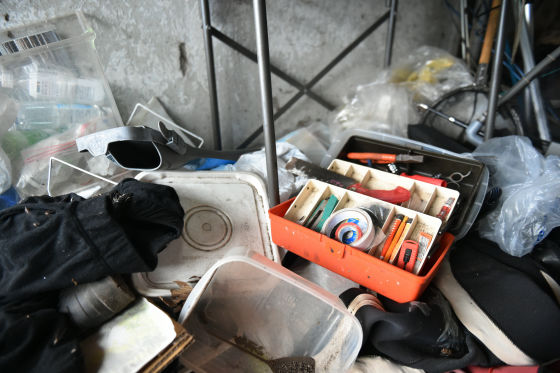
A list of land snail species from Yoshida Residence was posted on the door of the room. Yoshida Residence seems to function as a research field even though it is a place where people live.
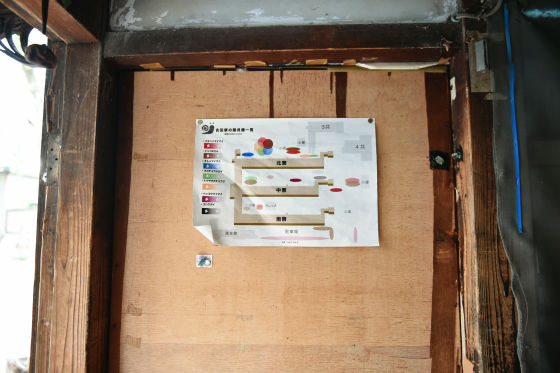
I came out to the courtyard.
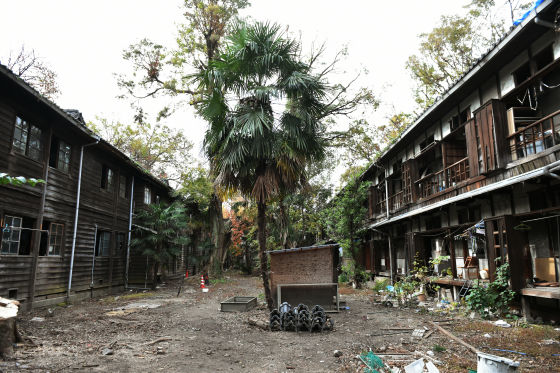
A view of the building from the courtyard. It feels as if you have traveled back in time to the Taisho and Showa eras.

The trees in the courtyard are also quite old.
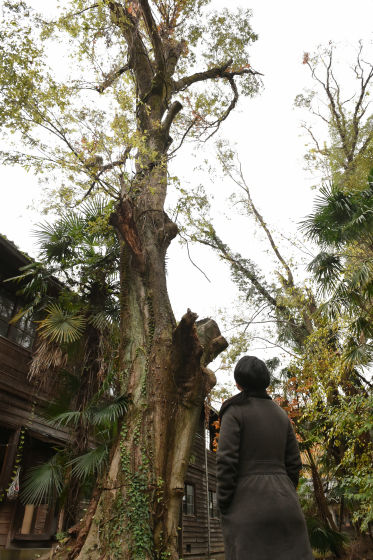
The stump is the one when cutting down a tree that had fallen during a typhoon. It seems that the wood was used by former dormitory students as wood.
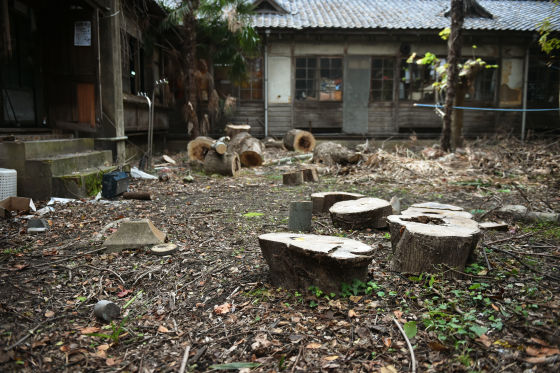
This is a manga room.

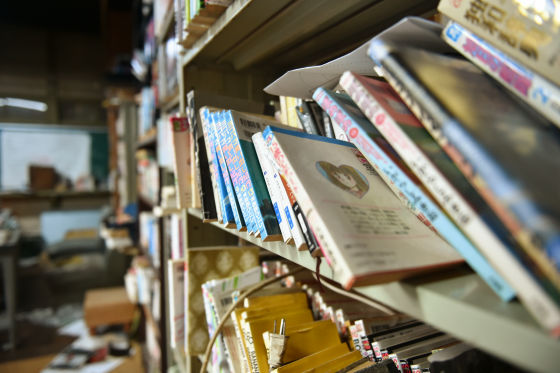
In addition to the rooms of individual dormitory students, there are also rooms that were used as darkrooms in the past ...
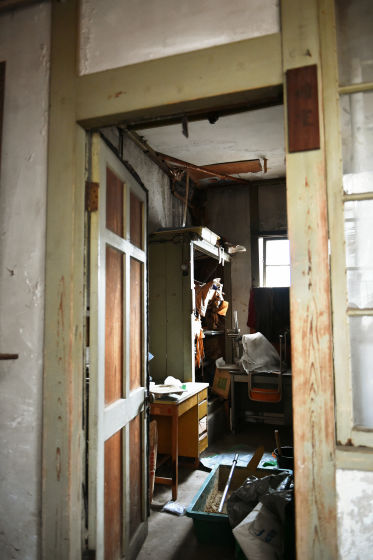
Currently, it was in a warehouse like this.

It is easy to think of 'Yoshida Residence' as a 105-year-old building, but in fact, a 'new building' was built in 2015. This is a new building 3 years old. In fact, this time the Kyoto University side has issued a notice requesting the dormitory students in this new building to leave the dormitory 'to ensure safety'.

This is the entrance. There is a staircase leading to the underground dining room on your left.
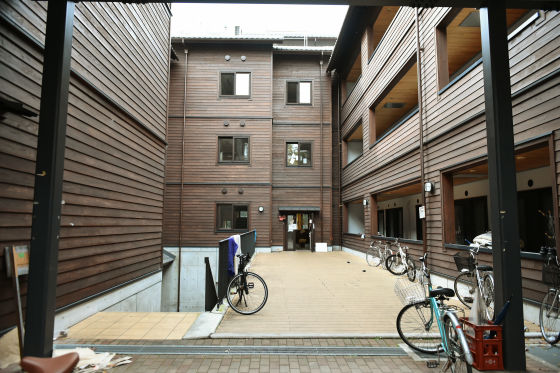
Go down the stairs ...

The dining room looks like this.
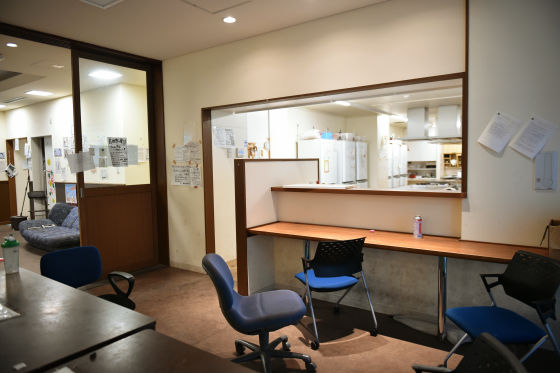
The state of the kitchen.
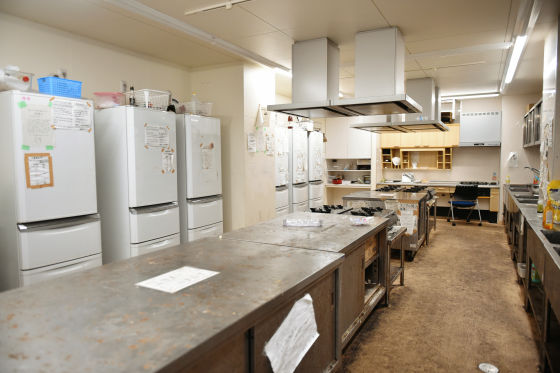
At Yoshida Dormitory, where various people share a place, we have decided to operate the toilet in the new building as an 'all-gender toilet' after accumulating discussions about how we should be.
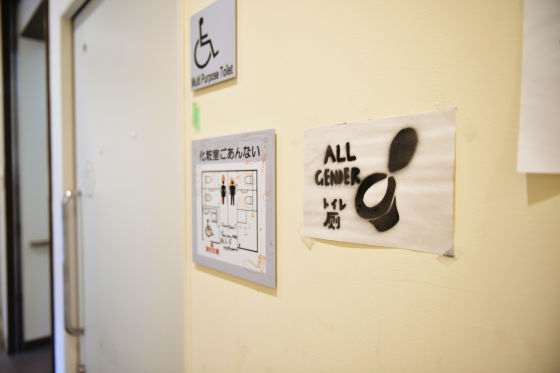
The stairs are smaller than the 105-year-old Yoshida Residence.

Elevator is also available.
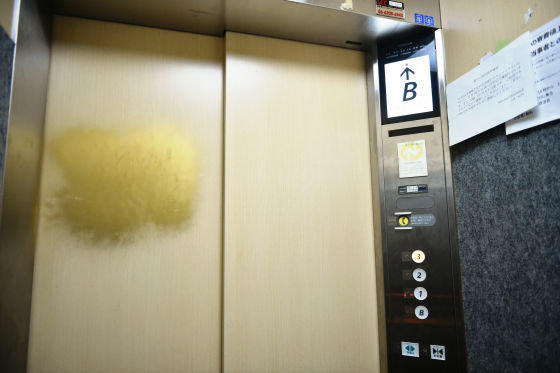
Like this, there was a staircase made with the 105-year-old Yoshida Residence in mind, but you can see that it is difficult to create that atmosphere until 'time' has passed.
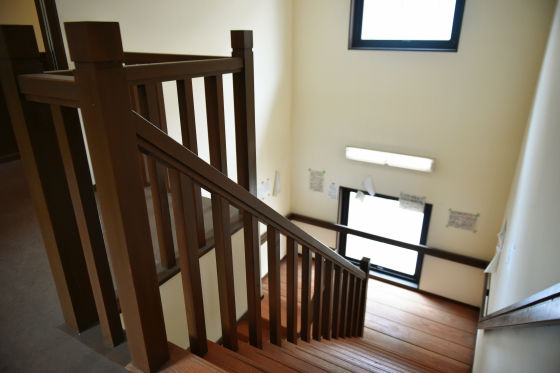
So, this time, I talked to an active Yoshida dormitory student in the manga room of Yoshida dormitory. From the right side, Mr. Okada, Mr. Sawada, Mr. Fukushima, and Mr. M (pseudonym) are sitting, although it is cut off because of the photo NG.
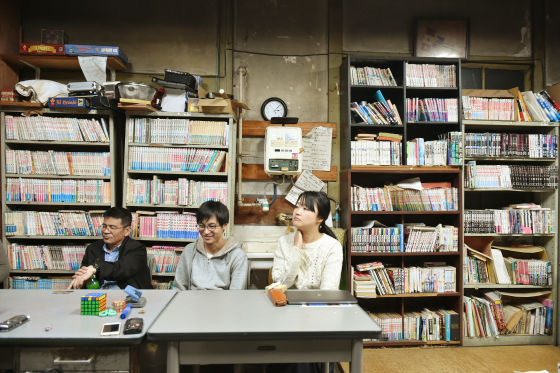
GIGAZINE (hereinafter G):
First of all, I would like to ask you, everyone, you still live in Yoshida Residence, right?
Mr. Okada (hereinafter referred to as Okada):
I agree. I am a core inhabitant who has lived so far (laughs)
G:
What made you decide to enter Yoshida Residence?
Okada:
I passed the graduate school at Kyoto University. It is difficult to go to graduate school while working, so I entered Yoshida Residence because I wanted to keep my living expenses as low as possible. Originally I spent my school days at Kyoto Seika University, so I sometimes go to the
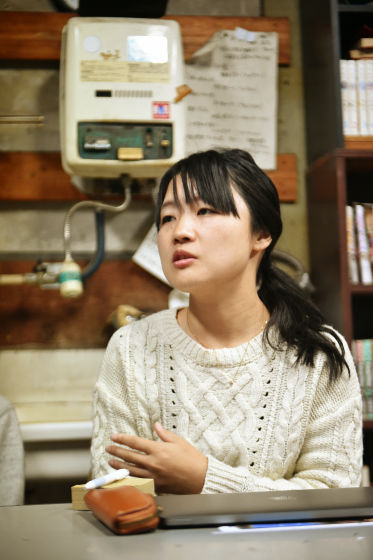
G:
Did you mean that your friend lived in Yoshida Residence?
Okada:
It's not, but after drinking at the Western Auditorium, I was told, 'Let's go to stay! Because we can stay cheaply!' Yoshida Residence can accommodate people outside the university.
G:
Well, you already knew the atmosphere before you entered Yoshida Residence.
Okada:
I've lived in this kind of atmosphere, so 'living in Yoshida Residence' was a normal option.
Mr. Sawada (hereinafter referred to as Sawada):
For the same reason as Mr. Okada, when I was a freshman from Osaka, I thought it was 'far', but 'I want to reduce my living expenses'. I'm a 4th year student at Kyoto University, but when I was a 2nd year student, I entered Yoshida Residence. I knew about Yoshida Residence because I had a friend of a dormitory student, so I wanted to live nearby while keeping my living expenses low.
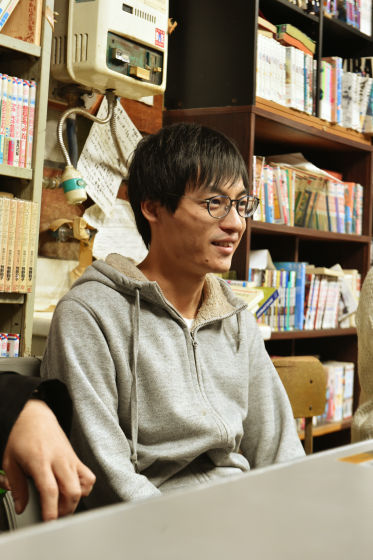
G:
Mr. Fukushima chose Yoshida Residence ...
Mr. Fukushima (hereinafter referred to as Fukushima):
Originally I didn't know about Yoshida Residence, but since my parents' home is in Kanagawa prefecture, when I passed the graduate school at Kyoto University, I asked, 'What should I do where I live?' I couldn't tell my parents to pay me this year, and I wanted to spend as much money on my research as possible, so I wanted to keep my rent low. Kyoto University
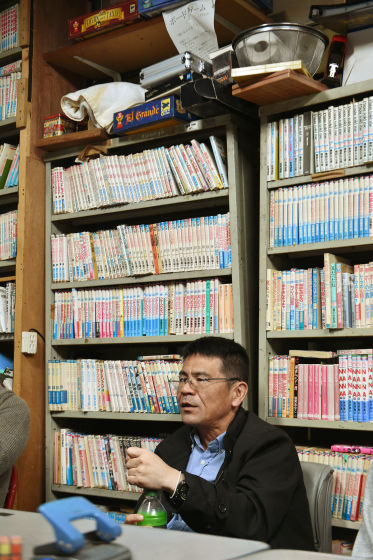
Mr. M (hereinafter, M):
I aimed to go to graduate school after working as a member of society, but I couldn't afford to continue working while working as a graduate student. When planning to 'eat with the savings I've saved so far,' I had only the option of 'living in Yoshida Dormitory or Kumano Dormitory and attending Kyoto University Graduate School.' If other universities are national universities, the tuition fees are side by side, but if you consider living expenses such as rent, it will be completely different. Living in Yoshida Dormitory or Kumano Dormitory was an absolute requirement for attending graduate school.
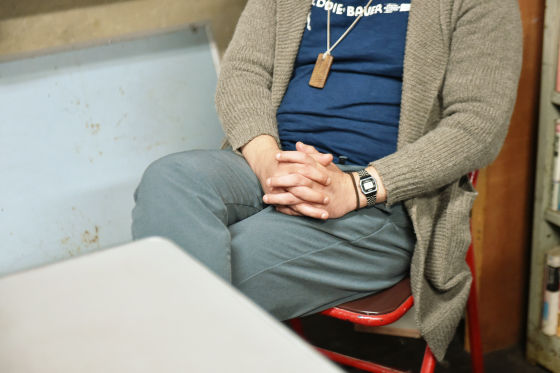
G:
The rent is 400 yen a month, which is very cheap.
M:
I've always wanted to enter an autonomous dormitory. Both Yoshida Dormitory and Kumano Dormitory are autonomous dormitories, but the deciding factor for choosing Yoshida Dormitory is ...
Fukushima:
Because it's close?
M:
I agree. From Kumano Dormitory, I didn't have the confidence to go to graduate school every day (laughs). After I entered, I found many good points about Yoshida Dormitory, but the deciding factor when I entered was close.
G:
What was the atmosphere when you actually started living?
M:
To be honest, at first I was worried that I could do it. You can get an explanation about the autonomy of the self-governing dormitory in advance, but you can't know what kind of atmosphere it is until you enter.
Since I'm an old man, many of the dormitory students are as old as their parents and children, but my biggest concern was whether or not I could get used to the shared room system at Yoshida Residence. But about three days after I entered, I realized that I didn't have to worry about it at all!
G:
In just 3 days ...!
M:
Yoshida Residence is a 'mechanism that allows you to interact with people', or you can't stay alone, so I feel comfortable now because of the help I received.
G:
Isn't M himself originally an extroverted type?
M:
It's not a very sociable personality.
Okada:
But I'm very good at billiards, so everyone always plays in the cafeteria.
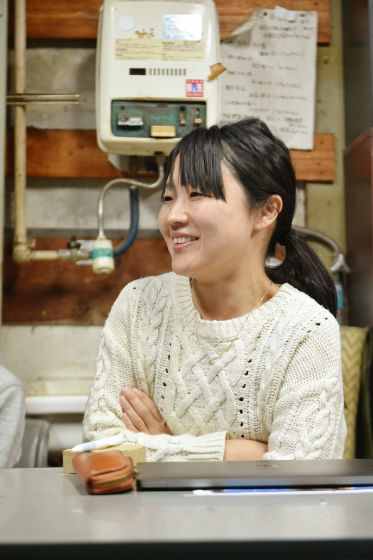
M:
There was a musical instrument and a pool table in the dining room, which is also an entertainment space, and I had been playing billiards for a long time, so I was grateful that I could talk with the dormitory students and make friends immediately.
G:
Did you have the same atmosphere when Mr. Fukushima entered?
Fukushima:
To be honest, I didn't socialize very much. Since this is a unit system, I talked with people in the same unit and people in the shared room, and I still have a deep relationship with them even after they leave the dormitory.
However, I was consciously away from the problems that occurred in the dormitory. Please do not participate in the Yoshida Residence Neighborhood Association except for the activities of the person in charge of the list.
G:
On the contrary, it is a place where even people with such a stance can not feel uncomfortable.
Sawada:
The shared room I entered was a little special, and all the members took care of the chickens raised in Yoshida Residence. We were more like 'people to perform a certain function' than 'a good group'. When I entered, I already knew the members of the shared room, so it was comfortable.
However, on the contrary, there is no interaction with others because 'I wish I could fulfill the function', and people are often gathered at the reception, but there are many people who do not know.
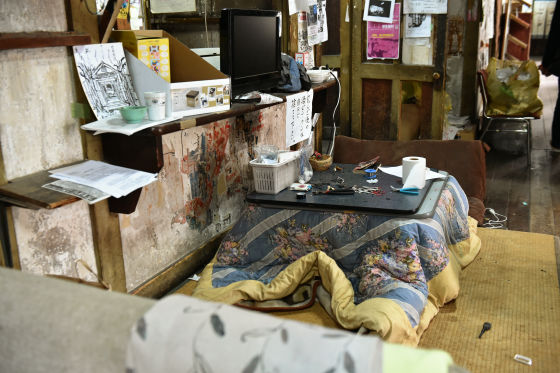
Okada:
I'm a person who actively tries to get involved with people, so right after I entered the dormitory, I opened my own shop at the Yoshida Dormitory Festival in May and thought, 'Let's get involved with people!'
…… But, “No one is involved !?” (laughs). When I heard it later, it seems that such a positive feeling was thought to be 'scary.' I didn't get used to it at first. Everyone didn't say hello, they didn't smile, and they didn't return even if they gave a bow, and I thought, 'What's this?'

G:
You're really wary (laughs)
Okada:
Really so. But on the other hand, I thought it would be easy because I wouldn't be bound by the rules.
G:
Different people have different impressions, as if they were living in the same place.
Then, from the standpoint of actually living, what kind of people are suitable for living in Yoshida Residence and those who are not?
Okada:
Those who aren't suitable ... are those who want private life? It's not without privacy at all, but it's basically a shared room, so it may not be possible for someone to be too careful with people.
G:
On the contrary, the person who is suitable is ...
Okada:
Someone who doesn't really care about things, or someone who can enjoy this kind of situation. I think that people who can work on their own to make it easier to live are suitable.
Sawada:
The 'person who is suitable' I think is a tolerant person. A person who can forgive various things. It's a communal life, so if you live with someone different from yourself, you will definitely have something you can't forgive.
G:
In fact, did you ever bump into someone in your room while caring for the chickens?
Sawada:
Of course, there were both scenes that I allowed and scenes that the other party allowed. When you take care of chickens, soil will inevitably come into the room, so you may or may not use the dishes that have soil on them. I think that people who can talk to the other person and solve problems even if they collide can live in Yoshida Residence, but those who decide that 'No!'
In fact, Mr. Sawada is a university student who studies shellfish that appeared in the photo above. I was actually shown the inside of the room.
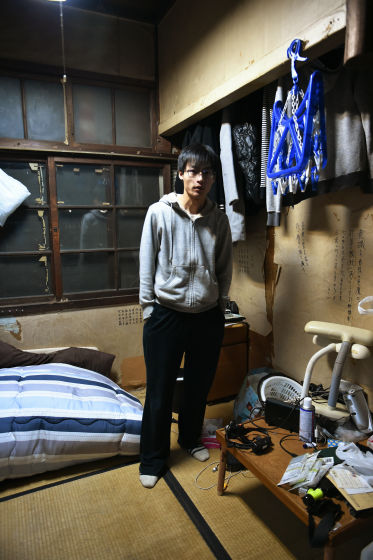
This is Mr. Sawada's room. Personal items such as futons are placed by the window, but ...
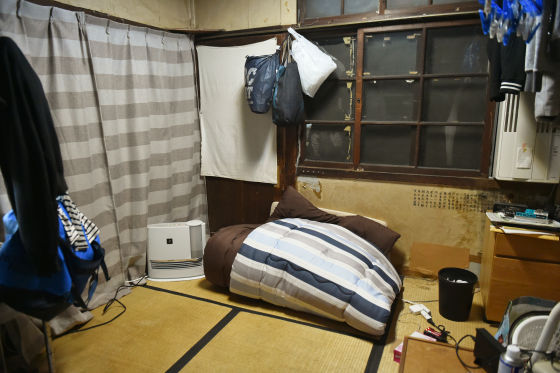
On the opposite door side, there is a lot of aquariums where creatures live.

Fukushima:
I have the same idea as Mr. Sawada, and in other words, it seems that 'a person with physical strength' is suitable.
Okada:
I understand that (laughs)
Fukushima:
For example, people who have no likes or dislikes or inedible foods and can sleep anywhere are suitable. People who are not physically fit will leave Yoshida Residence.
G:
I see, you're a person with high survival ability.
Fukushima:
Many people say 'this is not good' or 'this is not good', and I think it is difficult for people who are allergic to dust and animals to continue living here.
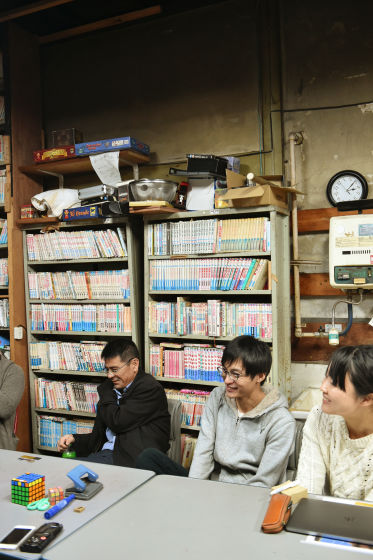
M:
I think that the person who is suitable for me, or the person who is 'appropriate', is the person who can express his or her opinion. There is no manager like an apartment here, so even if you accumulate it, no one will solve it.
And the most important thing is to accept the difference of opinion as 'difference of opinion'. For example, if Mr. Fukushima and I have different opinions, we cannot do it here if we only have the idea of 'dying Mr. Fukushima in my color'. I wonder if it is important to understand that 'the way of thinking is different' and to live together.
G:
So that's it. Everyone's story has given us an idea of the atmosphere of Yoshida Residence. From here on, I would like to ask you about the Yoshida Residence itself.
There is a page called '
M:
The building we are in is now called the 'current building' and the building built in 2015 is called the 'new building', and the university authorities have issued notices requesting them to move out.
However, if we are kicked out, we will have no place to live, so the Kyoto University side can rent an apartment with a rent of about 40,000 to 50,000 yen in the city, and dormitory students can live under the same conditions as the current rent of '400 yen a month'. I am doing it. The university pays the full rent to rent an apartment, so this difference will be borne by the university. However, contrary to the expectations of the university, many dormitory students remain in Yoshida Residence ...
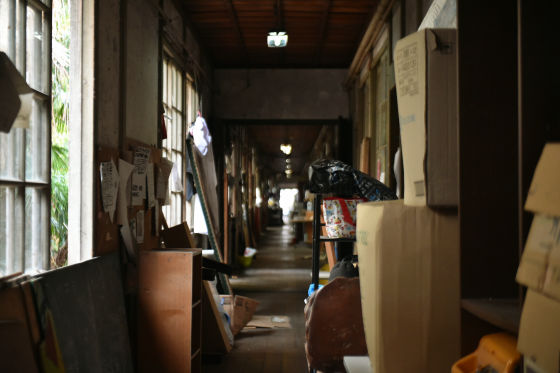
Okada:
About 100 people live there. I expected it to be less, but it's a very busy atmosphere.
M:
As a university, I made a lot of money to secure a relocation destination, but since everyone does not go out at all, the media said, 'It is wasteful to spend money on an apartment even though only some people move. Wasn't it? '
G:
Also, the
[Request for campaign]
Posted by Yoshida Residence Public Relations Office Monday, October 1, 2018
It is expected that more and more money will be needed in the future, such as public relations, lifeline securing, and litigation.
Thank you for your cooperation!
【account】
Yoshida Dormitory Residence Deadline Countermeasures Bureau
Japan Post Bank
Savings account
Symbol: 14470
Number: 43738301
Is it another financial institution ...
Okada:
We receive various vegetables, mainly rice. There are people who support us in the form of such supplies.
G:
Are there any supplies that are in short supply?
Okada:
Electricity and water are still running, and life is not tight, but when the lifeline is cut off in the future, daily necessities will be greatly saved.
G:
Also, there was a content in the SNS account that 'Children's Yoshida Ryo' is held every Saturday. What is this doing? I don't know even if I look it up.
Children's Yoshida Ryo
https://www.facebook.com/events/463445287476818/

Okada:
From ancient times, it has been practiced that Kyoto University students teach homework to children who come to Yoshida Residence during the summer vacation.
Recently, such a custom has disappeared, so I started 'Children's Yoshida Residence' as a place for interaction so that people can know that 'Yoshida Residence is a place where anyone can come'. Many children came during this summer vacation.
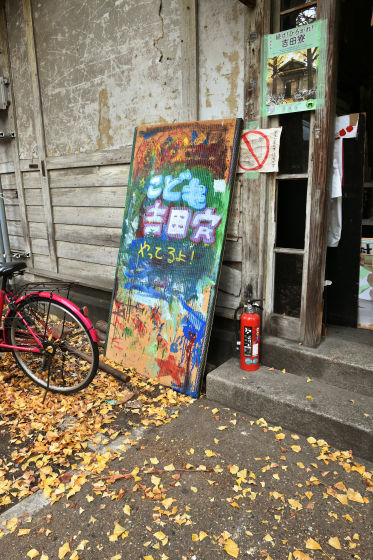
M:
There were so many. Some children did their homework, and they did skateboarding and table tennis.
Okada:
I was able to interact a lot by making udon noodles and musical instruments. Yoshida Dormitory does not upload many photos to the internet in order to protect personal information, privacy, personal opinions and portrait rights, so it may be difficult to convey the atmosphere.
G:
There was a post on SNS saying 'Kyoto University hung up the phone at Yoshida Dormitory, so we opened a new phone line', but where do you connect when you call a new phone number?
Fukushima:
When you make a new call, you will be connected to the smartphone in the office.
G:
How has the Yoshida Residence landline phone been used so far?
M:
The telephone line contracted by Kyoto University was assigned, and an outside line arrived, so this was the contact point for interviews and visits. However, because Kyoto University stopped this line, there are no official contacts externally, and it feels like a new one.
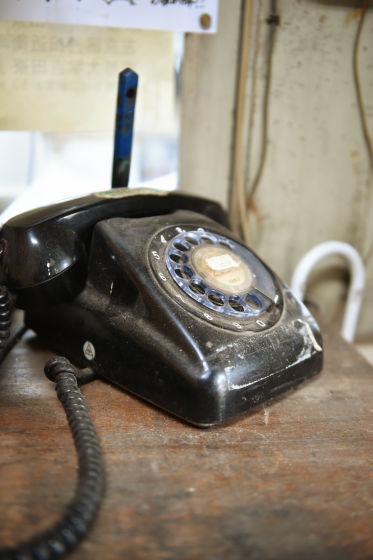
G:
What I didn't understand was that the Yoshida Dormitory Twitter account mentioned not only the telephone line but also the interruption of the supply of goods. What kind of goods were you specifically provided so far?
The Yoshida Dormitory Autonomous Society will submit an 'Open Letter and Request Form' to the President, the Education and Research Council, and the Student Life Committee. The contents are related to the 'Notice of Exit', telephone line cutoff, and goods supply injunction that were imposed on October 1st and 15th.
pic.twitter.com/rmSYSpQvqs — Yoshida Dormitory Festival (@yoshidaryosai) October 19, 2018
Fukushima:
Fluorescent lamps, batteries, detergents, soaps, toilet paper, wax to protect floorboards, and other daily necessities.
G:
Similarly, you mentioned the suspension of dispatch of dormitory workers. What kind of person is a dormitory worker?
Fukushima:
The university directly / indirectly hired people to partially share the cleaning and office work in the dormitory. In addition, I was also requesting repairs when the shared washing machine broke down, but such requests are now being rejected.
G:
So that's it. 'The university is not currently resorting to legal measures,' he said.
M:
The legal action in this case refers to the university authorities appealing to the court to ask the dormitory students to surrender the dormitory building, but so far the authorities have not taken any legal action.
The only reason to stop the phone number is that the university is stopping the number that it has. There is a notice posted, but the court is not involved and I do not know when it will happen in the future.
G:
The university says, 'It is illegal to stay in Yoshida Residence after October 1st.' What does this mean?
M:
For example, if you continue to live in a room even after the rental contract for the rental apartment has expired, it will be illegal occupancy without legal grounds. Even at Yoshida Residence, the university insists that it is illegal to stay in spite of being notified of the move-out.
However, Yoshida Dormitory has made a promise with the university that 'the university authorities will not make a one-sided decision on the operation of Yoshida Dormitory, but will discuss it with the Yoshida Dormitory Neighborhood Association and make a decision after agreement', and this notification is one-sided. We are not aware that the lease has expired, as it was issued to. This is the difference of opinion.

G:
Yoshida: I can clearly see that the dormitory has a desire to continue living, but I'm not sure what one university wants. What is the reason why the university wants to move out?
Fukushima:
Ensuring safety is the number one reason. Yoshida Residence was 105 years old, and it was explained that in the event of a disaster such as an earthquake, living in an aging building is risky and should be moved out.
G:
For example, if the Yoshida Residence collapses due to an earthquake, will Kyoto University be held liable?
Fukushima:
Perhaps we are taking steps in advance to avoid being held accountable.
G:
If so, I think the idea of repairing the dormitory would come up, but I'm not sure from the end that I'm asking you to move out. Even if you actually visit Yoshida Residence, it doesn't look like a dangerous building ...
Sawada:
Even when I actually live, I don't feel that Kyoto University is worried.
Okada:
This is only speculation, but I think the general view is that the university considers Yoshida Residence to be a 'tank on the eyes.' The university wants to manage and rationalize it thoroughly, and weed out Yoshida Dormitory, Kumano Dormitory, Seibu Auditorium, etc. as 'unsuitable' and tried to rebuild the managed research building and systemized facilities. I feel that there is.
This is more prevalent in Japanese society than the intention of Kyoto University, so I understand that the root of this case is a projection of the problems facing Japanese society.
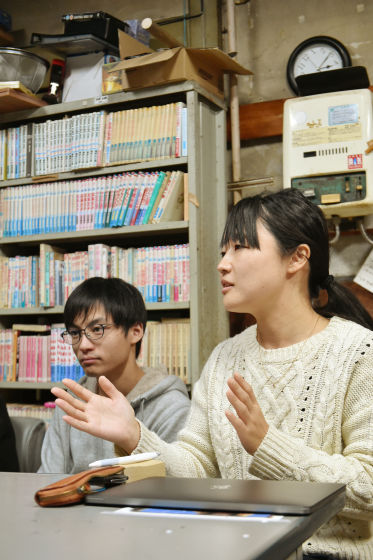
G:
Have you heard clearly why the university wants you to move out?
M:
As I heard in the last discussion, it was all about 'safety'.
Of course, with regard to the old 'existing building', there is a part where the reason for disaster countermeasures can be understood. However, if it is repaired properly, it will be safe enough even in the current building, so I do not understand the reason for refusing the repair at all.
But at least the three-year-old 'new building' built in 2015 cannot be said to go out for safety reasons.
When I asked the university about this point, did they say that 'Yoshida Residence is inaccessible to many Kyoto University students'?
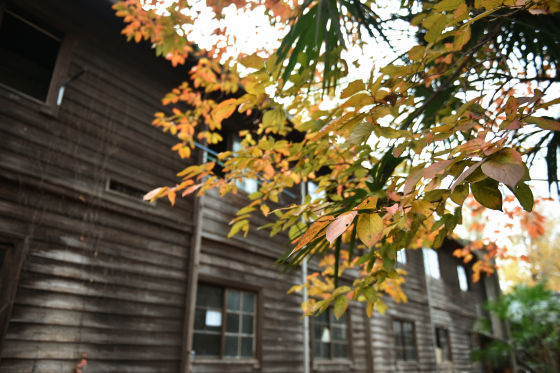
G:
'Difficult to approach'! ??
M:
Therefore, there was a nuanced answer that 'it is inappropriate as a welfare facility'.
This is similar to what Mr. Okada said earlier. It seems that the university has a preconceived notion about Yoshida Residence as 'a place that is managed and operated by an unfamiliar person.'
But isn't there really a dangerous person? Not all moderates were gathered today, and everyone is like this. We are here for very good reasons, such as financial circumstances.
There is no particular bias in ideology, but rather there is an aspect that it is difficult because the ideology and beliefs are too diverse. I think the good thing about Yoshida Residence is that people with diverse ideas can live without hiding it, but the university side says, 'It's' radical and violent, 'as seen in the old student activism. I think there are many people who have ideas. '
Otherwise, there is no need to 'move out for safety' at least for the new building, which is three years old. On the surface, the reason is disaster countermeasures, but that doesn't give all the reasons, and it seems that he really wants to dismantle the Yoshida dormitory as an autonomous dormitory and create a place where the university can control it. Can be imagined.
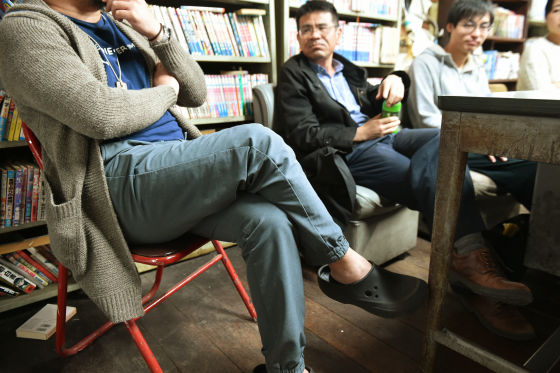
G:
Were there any similar cases with Yoshida Residence regarding the autonomous dormitories of other universities?
M:
A typical example is the
Other dormitories have a similar feeling, and in most cases they were forced to execute when they were abandoned after being sentenced.
G:
Why do you think Kyoto University has not yet resorted to legal means?
M:
When it comes to enforcement, police officers are often mobilized. I think the authorities want to avoid the situation where the university, and Kyoto University, uses its power to pull students out of the dormitory. I think that the hurdles will be high at this stage, even if it can be considered as a means to deal with the situation. I think that university is a place in society where 'the power of words' is especially important and must be done. Students and faculty members have the same idea on that point.
It is only known to the public that the current building of Yoshida Residence is old. The university side would also like to color it as 'stupid people who continue to live in old buildings', and I think that is a very easy-to-understand composition. There is no news value in our claim that we are being asked to move out of a new building that has no problem with earthquake resistance, so the current situation is that there is a one-sided understanding.
We consider Yoshida Residence to be one of the symbols of Kyoto University, and it is significant that the historic building still exists as an active 'autonomous dormitory' rather than a museum. .. I think we also have to communicate that kind of thing.

G:
When you listen to the story, you can see that Yoshida Residence is not a lawless zone. It is difficult to see how the Yoshida Residence's autonomy is operated from the outside, but how are the rules such as the shared room system made?
Okada:
There aren't many clear rules or lines, so there is always consensus in discussions. In the early days when the Yoshida dormitory was built, the rules were set in detail, and it was also said that 'the north dormitory will be given private rooms to excellent students.'
Fukushima:
At the beginning of 1913, only male students of the Japanese faculty were selected for admission. Starting with the opening to girls in 1985, the frontage has been opened to international students, graduate students, students taking courses, auditors, research students, etc. for the next 10 years.
Okada:
'Autonomy' seems to be completed only by dormitory students, but in the past, the president of Kyoto University held a dinner party in front of Yoshida dormitory, or held a banquet at the president's house and had a drinking party. The distance between the students and the school was very close.
As a major premise of the existence of Yoshida Residence, there is a tradition that Kyoto University and students have been self-governing while maintaining close communication on an equal footing. That has changed in modern times, and it has come to be said from the university side that 'we will not talk with the dormitory side' like this time. From the end, it may be like, 'Students follow the school, but selfish students are sticking their shields on their own, right?', But there is a history that is not the case.

G:
As an idea to protect and survive the Yoshida Residence, do you have an ideal image or ideal development for the Yoshida Residence in the future?
Okada:
I would be grateful if people in the city could be more aware of the issue of Yoshida Residence and share their thoughts. It is easy to think that this issue is a problem only for Yoshida Residence and Kyoto University, but if education changes, it will affect our future. Ideally, you should feel it as a problem that is familiar to you, and then say, 'You should leave Yoshida Residence!'
Sawada:
I didn't think as broadly as Mr. Okada, but I want to continue living in Yoshida Residence, so I frankly hope that Yoshida Residence will continue to exist. If I was kicked out, it would end there, so I wish I could continue to live here.
Fukushima:
It leads to what Mr. Okada says, 'the whole society is trying to manage', but in the trend that it is quick and rational to manage by rules and penalties, it does not fit into the rules for various reasons. There are also people.
Yoshida Residence has the mystery of 'no rules in principle' and 'solve each time through discussions between the parties', which is a rare case that actually leads to problem solving, although it takes time. As an experimental site for exploring the possibilities of future generations, I think it is not wasteful to pass on a place like Yoshida Residence to future generations alive.
M:
The dormitory students have insisted that they can make a claim through two negotiations with the university, but to be honest, it is unclear what kind of hope they can have in the future. What I would like to ask the university authorities is to 'let's talk' anyway.
It's a pity that the deadline for staying in the dormitory was notified, but with that as a trigger, Yoshida Dormitory also began to actively send out messages, and I think this is better than before. There is no good idea, but I think that there is no choice but to inform the society that Yoshida Residence is an autonomous dormitory that was opened through this problem and continue to do so.
G:
Thank you very much.
Related Posts:







